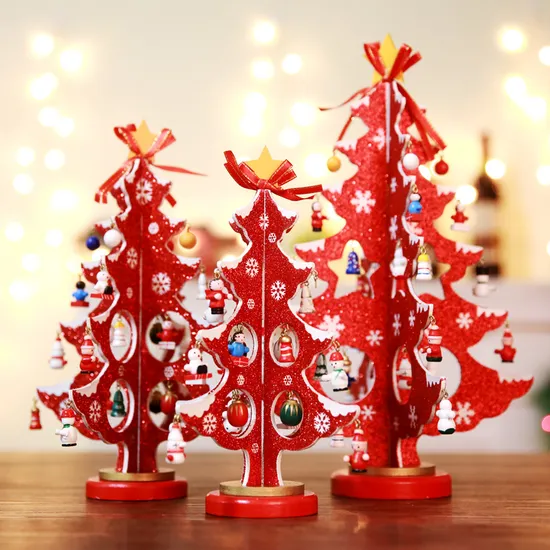In the bustling workshops of eastern China, liquid resin flows like liquid art, transformed into intricate sculptures, avant-garde home décor, and culturally resonant artifacts. These factories, scattered across provinces like Zhejiang, Fujian, and Jiangsu, are redefining the boundaries of resin craftsmanship. By blending ancient techniques with cutting-edge chemistry, they craft pieces that bridge Eastern heritage and global modernity, proving that synthetic materials can carry profound artistic and cultural value.
—
The Alchemy of Tradition and Innovation
Resin craftsmanship in China is rooted in a deep respect for tradition, yet fueled by relentless innovation. Factories here combine time-honored methods—such as hand-carving, gilding, and cloisonné enamel—with advanced polymer science. For example:
– Epoxy Resin Sculptures: Artisans pour layers of epoxy into silicon molds, crafting hyper-detailed replicas of classical Chinese deities or abstract contemporary art. UV-curing technology ensures flawless finishes, while hand-painted details add soul.
– Religious Artifacts: In Wuxi, eco-friendly resins dyed with natural pigments replace lead-based paints in Buddhist statues. Laser engraving adds intricate filigree patterns, merging spiritual symbolism with scientific precision.
– Hybrid Techniques: Workshops layer resin with wood, porcelain, or fabric, creating tactile pieces like cloisonné resin vases or embroidered resin wall art.
This duality allows factories to cater to heritage markets while appealing to global avant-garde tastes.
—
Design Mastery: Bridging Cultures
Chinese resin factories excel at decoding global trends while embedding cultural narratives. Designers draw inspiration from diverse sources:
– Cultural Heritage: Ming Dynasty motifs inspire minimalist resin coasters, while Han Dynasty silk patterns transform into translucent lampshades.
– Modern Viral Trends: TikTok’s “cottagecore” aesthetics drive demand for hand-painted resin herb planters, while Instagram metallic finishes popularize dichroic resin bowls.
– Cross-Cultural Fusion: A factory in Ningbo might craft Nordic-style troll figurines with Chinese dragon scales, or Buddhist prayer beads with Art Deco engravings.
By blending these influences, Chinese factories create products that resonate universally without diluting cultural identity.
—
Sustainability: Redefining Resin’s Environmental Impact
The industry is confronting resin’s petroleum-based reputation through innovation:
– Bio-Resins: Factories in Hangzhou use soy-based or algae-derived resins, reducing fossil fuel dependency. These materials mimic epoxy’s durability while degrading safely.
– Circular Production: Scrap resin is melted into coasters or mosaic tiles. A Fujian factory repurposes resin waste into biodegradable packaging peanuts.
– Non-Toxic Practices: Water-based pigments replace harmful solvents, and mineral powders create iridescent effects without heavy metals.
These efforts align with global ESG standards, attracting eco-conscious buyers.
—
Precision Engineering Meets Artisanal Craft
While automation ensures efficiency, skilled hands guarantee uniqueness:
– Hand-Injection Molding: Artisans in Dongguan adjust resin flow manually, eliminating air bubbles and creating organic textures.
– Artisan Embellishment: Teams in Shenzhen hand-paint dragon scales on statues using micro-brushes, while others etch poetry onto coasters via laser ablation.
– Smart Crafts: A Hangzhou studio embeds NFC chips into figurines, linking to AR experiences that narrate cultural stories.
This blend of technology and touch ensures scalability without sacrificing artistry.
—
Quality That Commands Global Trust
Excellence is measured in microns:
– Flawless Casting: Vacuum degassing eliminates bubbles, achieving crystal-clear vases for museum exhibits.
– Durability Testing: Figurines undergo UV resistance trials simulating a decade of sunlight, ensuring longevity.
– Customization: A Nanjing workshop offers bespoke jewelry, allowing clients to choose motifs, colors, and finishes while maintaining artisanal rigor.
This relentless focus on quality builds trust, making Chinese factories preferred partners for luxury brands and indie designers alike.
—
The Human Spark Behind the Craft
Behind every masterpiece are skilled artisans. Top factories invest in mentorship, pairing retirees with apprentices to preserve dying arts like cloisonné resin inlay work. In Suzhou, dyers mix pigments using Qing Dynasty recipes, while Shenzhen’s designers study 3D modeling software to innovate. This intergenerational exchange safeguards cultural heritage.
—
Navigating Challenges in a Competitive Market
The sector faces hurdles: fluctuating raw material costs, environmental regulations, and copycat competitors. Yet, agility defines success. When COVID-19 disrupted supply chains, factories pivoted to producing resin hand sanitizer bottles with carved motifs or DIY craft kits shipped in eco-friendly molds. Social media trends also fuel innovation—TikTok’s “dark academia” aesthetic birthed resin quills and parchment-style coasters, selling out within days.
—
Conclusion: China’s Resin Factories—Crafting Tomorrow’s Classics
China’s resin craft factories are more than manufacturers—they are cultural alchemists. They prove that resin, once dismissed as synthetic, can embody tradition, innovation, and sustainability. Whether crafting sacred artifacts, avant-garde décor, or whimsical collectibles, these factories redefine what resin can achieve. In their workshops, liquid polymer becomes liquid art—a silent testament to China’s ability to harmonize the past and future. For those seeking craftsmanship that marries authenticity with imagination, Chinese resin factories set the global standard.
Article link:https://www.vlefooena.com/manufacturer/4123/


No reply content